15 Regional Potato Dishes to Try When Traveling Abroad

Potatoes have become one of the world’s most known ingredients, appearing in versatile forms across different cultures. From crispy street food to hearty family meals, every region has developed its own way of preparing this versatile vegetable. These dishes tell stories of local traditions, available ingredients, and cooking methods passed down through generations. Exploring regional potato dishes while traveling offers a tasty window into local culture and culinary history.
1. Patatas Bravas (Spain)
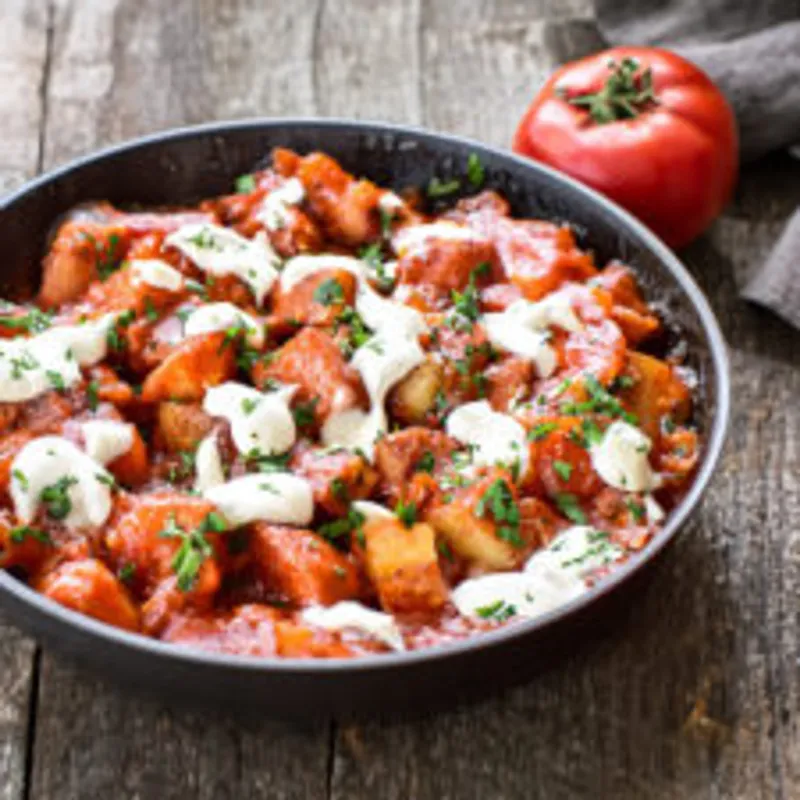
Spanish tapas bars buzz with conversations over plates of these golden potato cubes. The dish combines fried potatoes with a fiery tomato sauce that packs serious heat. Each restaurant guards its sauce recipe closely, blending tomatoes with paprika and chili peppers. The potatoes get double-fried for maximum crispiness on the outside while staying fluffy inside. Locals often order these alongside other small plates, making them a social dining experience. The contrast between cool potato and spicy sauce makes taste exciting.
2. Poutine (Canada)
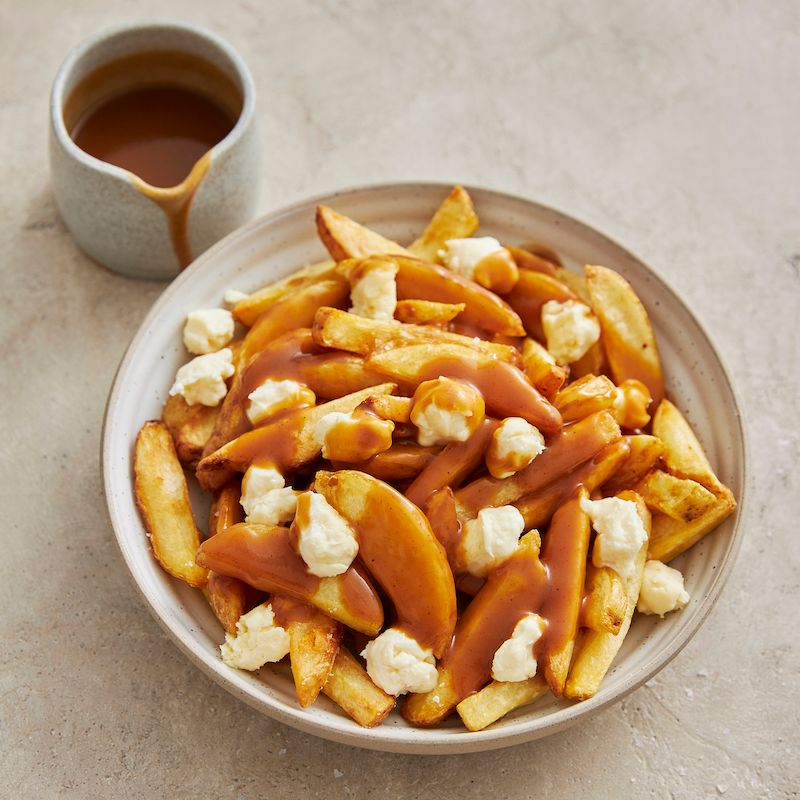
Quebec introduced this comforting dish that turns basic fries into something memorable. Fresh cheese curds add a distinct texture as they soften slightly under hot, savory gravy. The contrast between warm gravy and cool curds enhances the experience, adding layers of temperature and flavor. Authentic poutine depends on specific curds that hold their shape without fully melting. You’ll find this filling dish in late-night diners and mountain lodges, where it offers hearty relief after long days. While many versions exist, traditionalists favor the simple, three-ingredient approach.
3. Rösti (Switzerland)

Swiss breakfast tables often include this crisp potato dish that resembles an oversized hash brown. Grated potatoes are pressed into a pan and slowly cooked until the bottom turns brown and crunchy. Originally a farmer’s breakfast, rösti provided a filling start before long days in the fields. Preparing it takes time, as the crust forms gradually during cooking. Some versions include onions or herbs, while others stick to just potatoes, salt, and butter. The appeal lies in the contrast between the firm outer layer and the soft center.
4. Aloo Gobi (India)
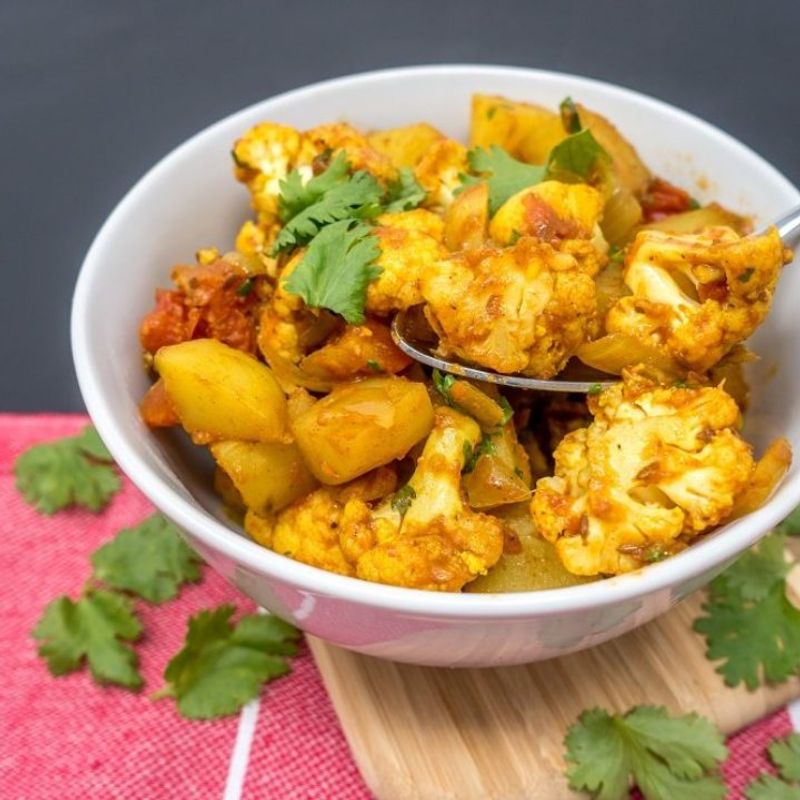
Indian kitchens fill with the rich aroma of spices when preparing this vegetarian curry centered on simple, wholesome ingredients. Potatoes and cauliflower soak up turmeric, cumin, and coriander, turning into a warmly spiced dish with depth and texture. It’s commonly made for daily meals, offering a balanced mix of vegetables and filling comfort. The cooking process brings out the flavor of spices, which coats the vegetables thoroughly. Regional versions may include ginger-garlic paste or a handful of fresh cilantro for a finishing touch. This curry shows how plant-based dishes can be nourishing and full of flavor.
5. Pommes Dauphine (France)

French chefs turn simple potatoes into delicate golden puffs that appear almost weightless on the plate. The method blends mashed potatoes with choux pastry, then deep-fries the mixture to develop a light and airy texture. Timing and consistency are key—too much or too little moisture affects the result. Each puff should be crisp on the outside and hollow inside. These are often served in refined settings alongside main courses, bringing contrast through texture and preparation. Though made from basic ingredients, the technique behind them reflects the precision and care central to French cooking.
6. Causa (Peru)
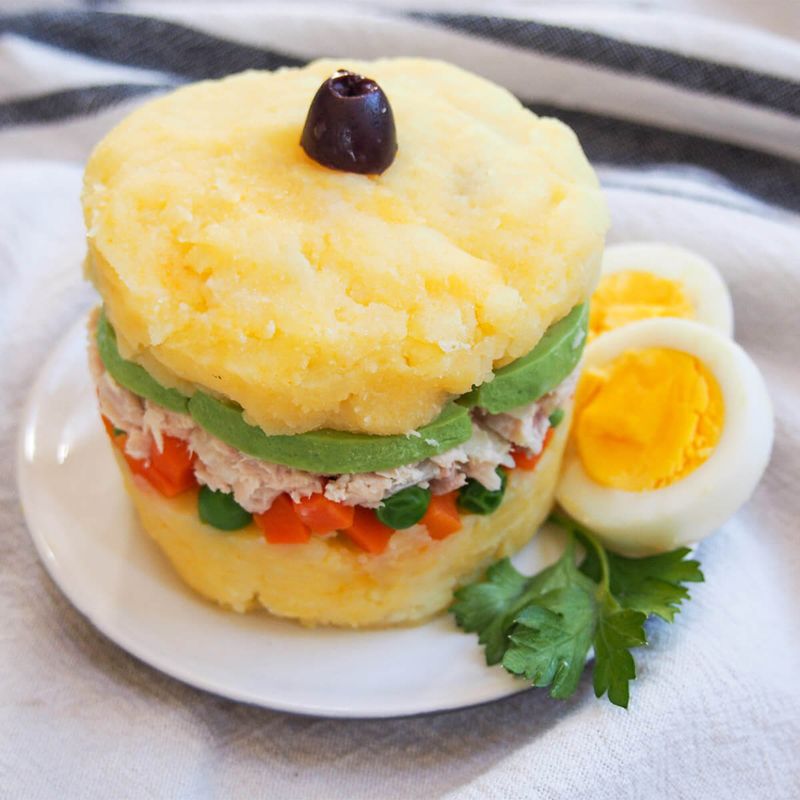
Peruvian cooks assemble this dish by layering seasoned mashed potatoes with assorted fillings. Lime juice and aji amarillo peppers give the potatoes a vivid yellow hue. Traditional versions tuck tuna or chicken salad between the potato layers, while inventive preparations use other proteins. The stacked layers are pressed into molds for a neat, restaurant-style appearance. You’ll find causa at street stalls and in home kitchens, served both at gatherings and with everyday meals. The smooth potato base paired with a savory filling offers a pleasing contrast of textures and flavors.
7. Tortilla Española (Spain)
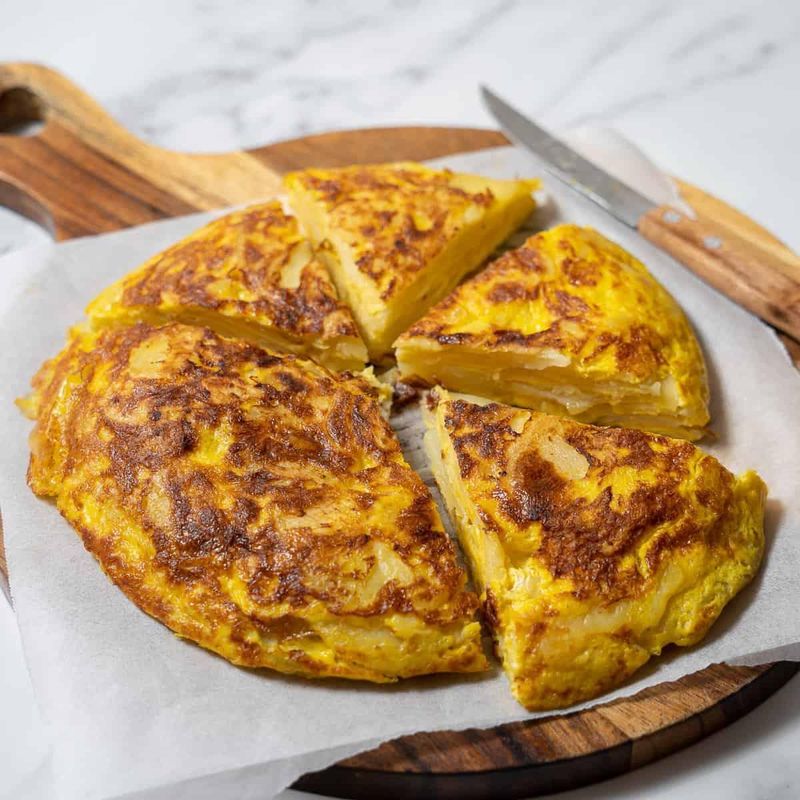
Spanish home cooks often discuss the ideal thickness and cooking technique for this classic potato omelet. Thin potato slices are gently cooked in olive oil before being combined with beaten eggs. Flipping the entire omelet requires some skill and steady hands. While some households include onions, others prefer just potatoes and eggs. Tortilla española is commonly served at room temperature in bars, sliced into wedges for easy sharing. This dish suits any meal of the day, making it a flexible choice in many Spanish kitchens.
8. Kartoffelsalat (Germany)
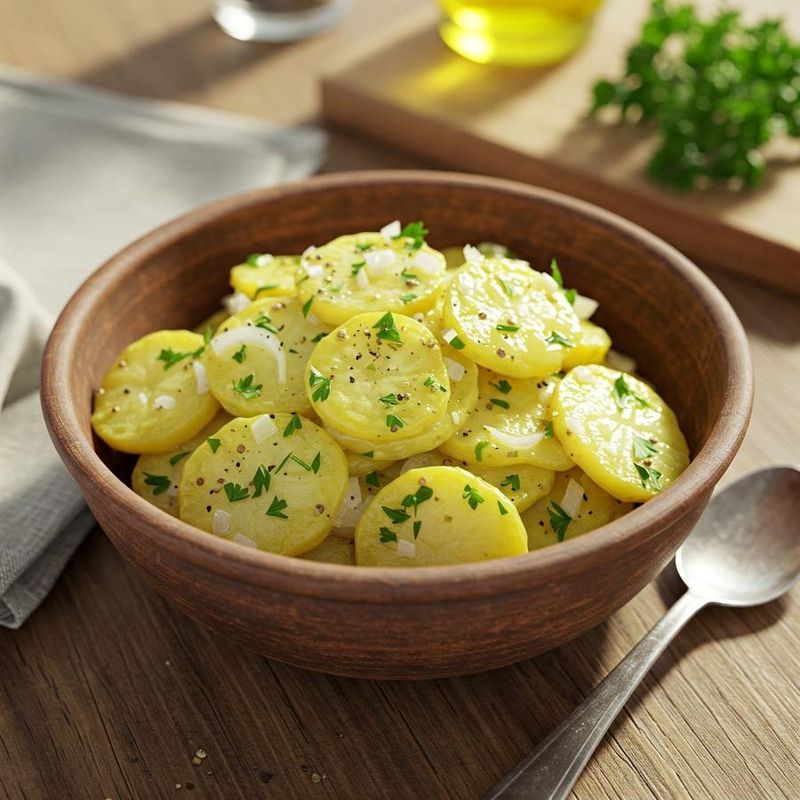
German families come together around tables filled with this warm potato salad, which is different from the cold mayonnaise-based varieties. Waxy potatoes keep their shape while soaking up a tangy dressing made from vinegar. Regional differences bring in various herbs, onions, and sometimes small pieces of vegetables for added flavor and texture. The salad is served slightly warm, allowing the dressing to fully absorb. It’s a common side dish at gardens and family meals, pairing well with grilled foods and other traditional dishes. The balance between acidity and earthiness complements rich main courses effectively.
9. Bacalhau à Brás (Portugal)
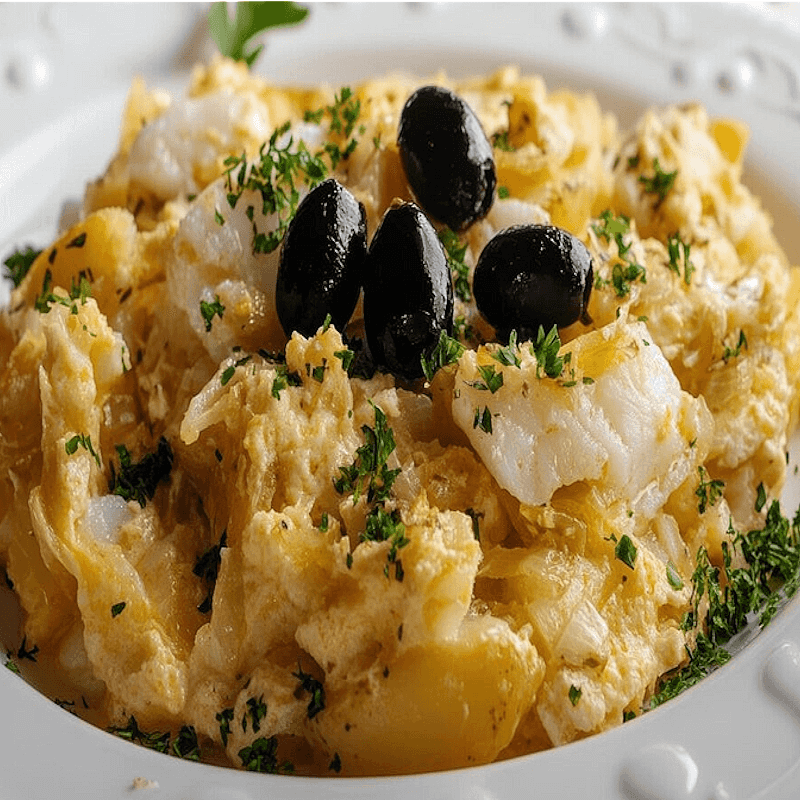
In Portuguese kitchens, salted cod is turned into a hearty dish where shredded fish combines with thin, crispy potato sticks and scrambled eggs. The components come together into a unified, filling meal. Preparing the cod involves soaking it to reduce saltiness, then shredding it by hand to achieve the right texture. The fried potato strips add crunch, while black olives and fresh parsley bring contrasting colors and subtle flavor layers to the dish. This recipe highlights Portuguese ingenuity in making nourishing meals from preserved ingredients.
10. Pommes Frites (Belgium)
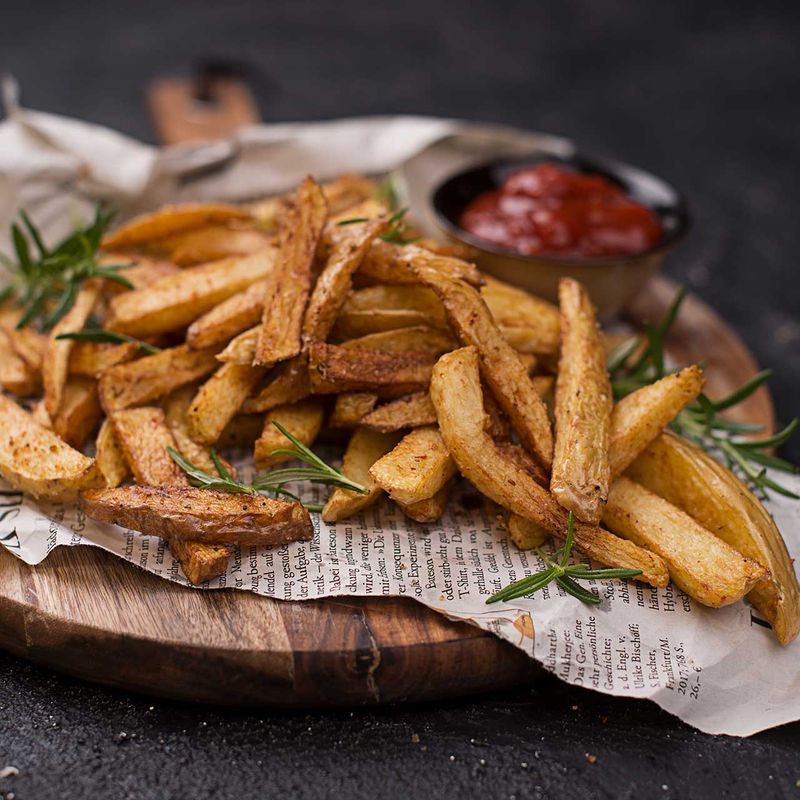
Belgian friteries serve thick-cut fries that rely on a precise double-frying method to achieve their signature texture. The first cooking stage softens the center, while the second develops a crisp outer layer. Local vendors provide an array of dipping sauces, ranging from classic mayonnaise to curry-flavored ketchup and garlic-infused options. The fries themselves balance a tender interior with a firm, golden exterior. Throughout Belgium, small street shops specialize in preparing these fries with care, focusing on the right type of potato and consistent oil temperature to produce a reliably enjoyable result.
11. Aloo Tikki (India)
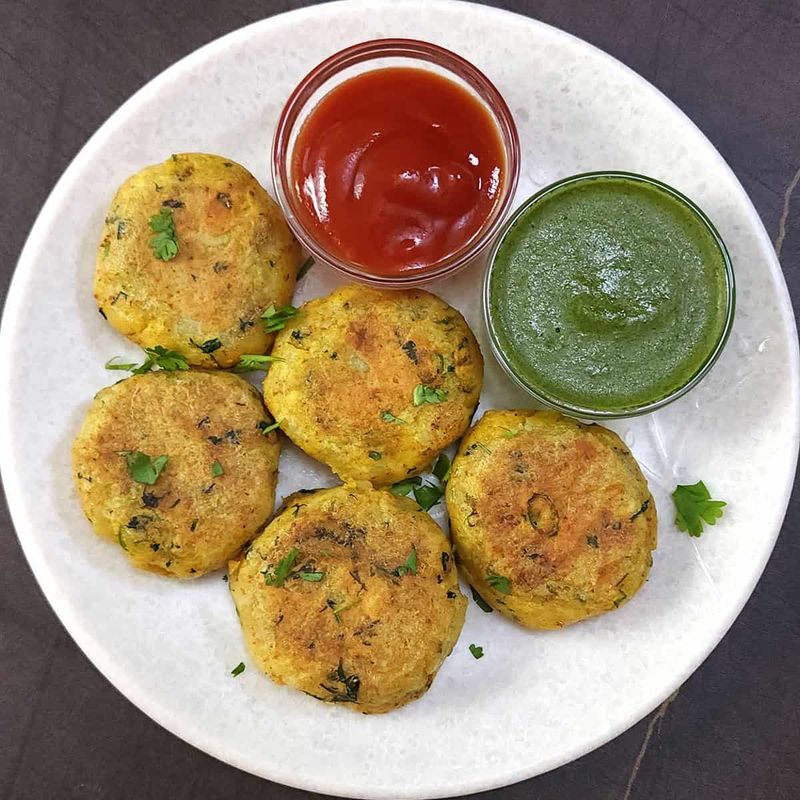
Street vendors across India shape seasoned mashed potatoes into round patties and cook them on a hot pan until crisp and brown. The outer layer firms up during frying, while the center stays soft and full of layered spices. Typical seasoning includes cumin, coriander, and chopped green chilies, though exact blends differ by region and household. Fresh herbs and binding ingredients like breadcrumbs or flour help the patties maintain their form. These hot snacks are paired with a variety of chutneys from tart tamarind to bold mint adding contrast in flavor and texture. Aloo tikki remains a familiar favorite for its warmth, spice, and satisfying crunch.
12. Patatje Oorlog (Netherlands)
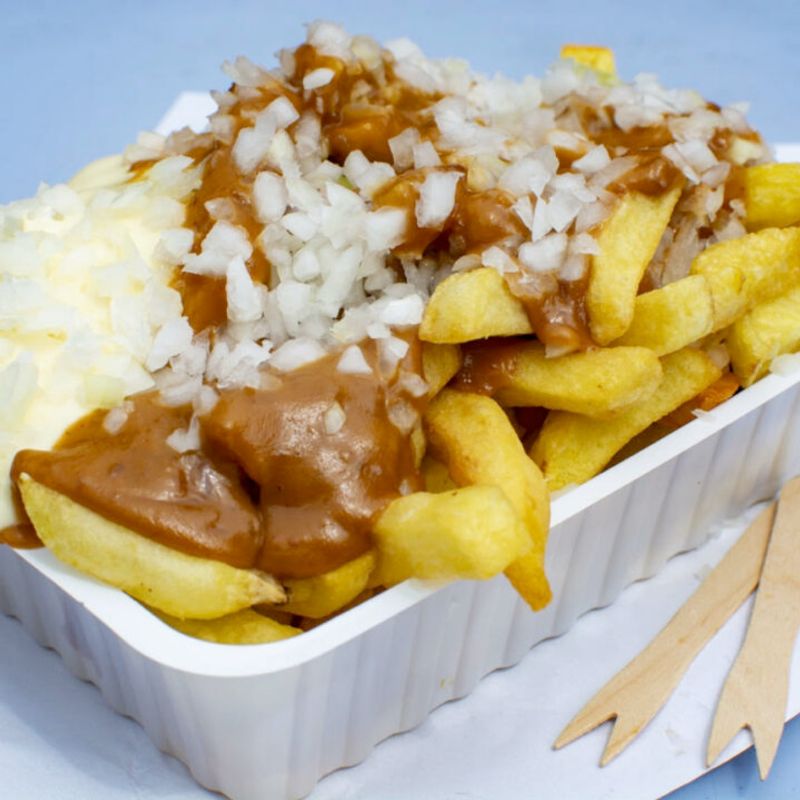
Dutch snack bars serve this messy pile of loaded fries named “war fries” for their jumbled look. The dish layers three components over crisp potato sticks: mayonnaise brings richness, peanut sauce contributes a nutty and slightly sweet dimension, and chopped raw onions deliver a sharp crunch that cuts through the heaviness. Popular among night owls and busy shoppers, this dish is often eaten on the go or shared among friends. Though the combination may seem unexpected, the contrast in textures and bold flavors makes it a reliable comfort food in the Netherlands.
13. Hasselback Potatoes (Sweden)
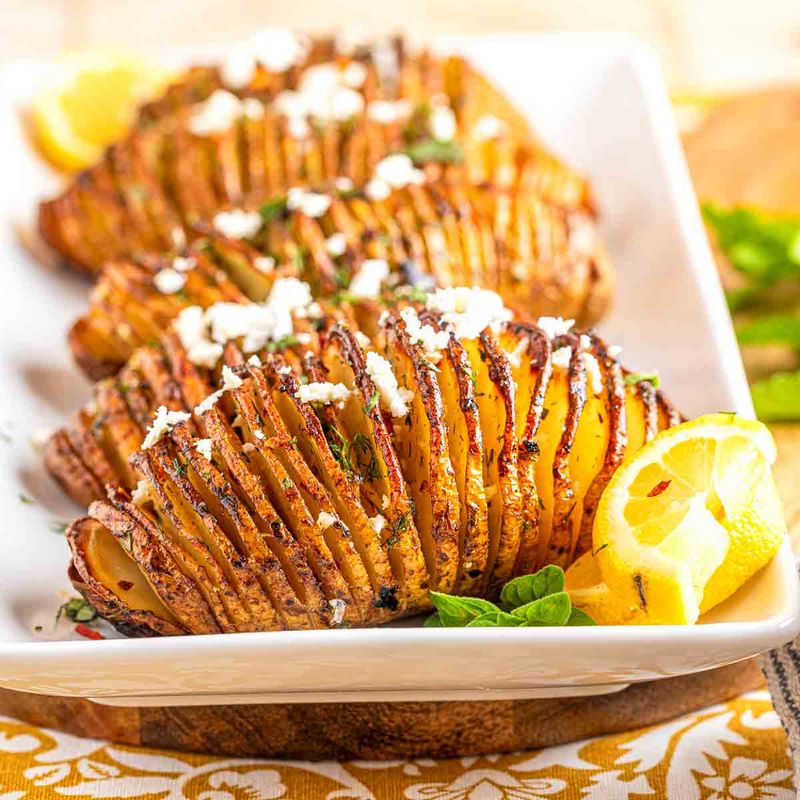
Swedish restaurants helped bring attention to this method of slicing potatoes nearly all the way through before baking. As they cook, the slices separate slightly, allowing more edges to crisp. Brushing butter and herbs between the cuts adds depth and ensures seasoning reaches the potato. The result is a contrast between crunchy tops and soft interiors, appealing to those who enjoy a mix of textures. This approach offers home cooks a way to serve potatoes that feel more refined without requiring advanced skills. With their layered structure and rich flavor, these potatoes complement a wide range of meals while appealing visually.
14. Patacones (Latin America)
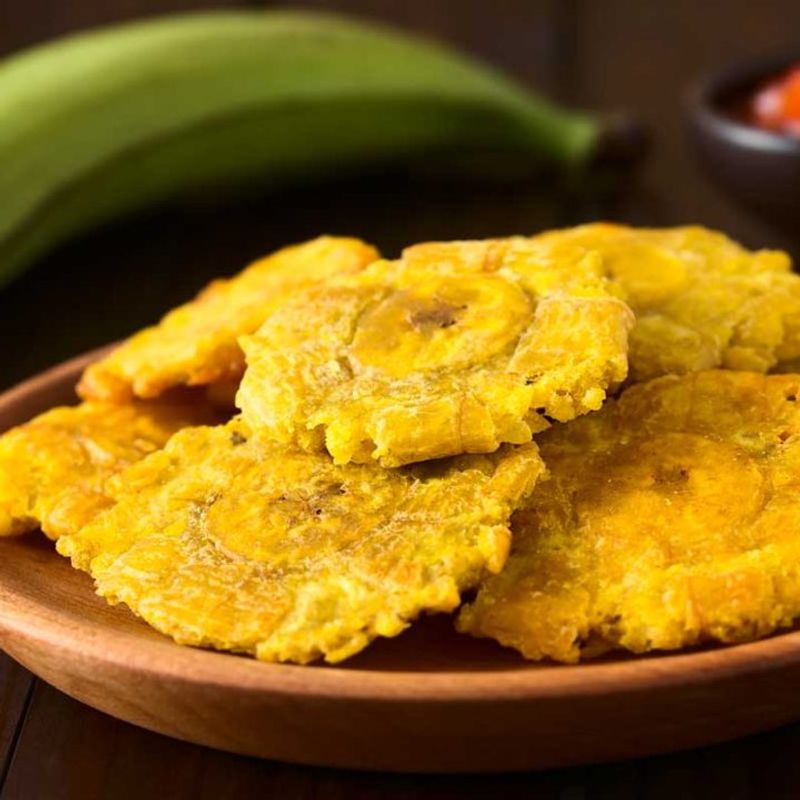
Latin American kitchens prepare green plantains into crispy rounds using a two-step frying method. First, thick slices are partially cooked in oil, then pressed flat and returned to the pan until they reach a golden, crunchy finish. The pressing step increases surface contact with the hot oil, enhancing the texture. Often, the slices are briefly soaked in salted water between fryings, which helps infuse flavor more deeply. Commonly served by street vendors and casual eateries, patacones appear as starters or sides, sometimes topped with garlic sauce or cheese. Their crunchy shell and soft center offer a textural contrast that keeps people coming back for more.
15. Colcannon (Ireland)
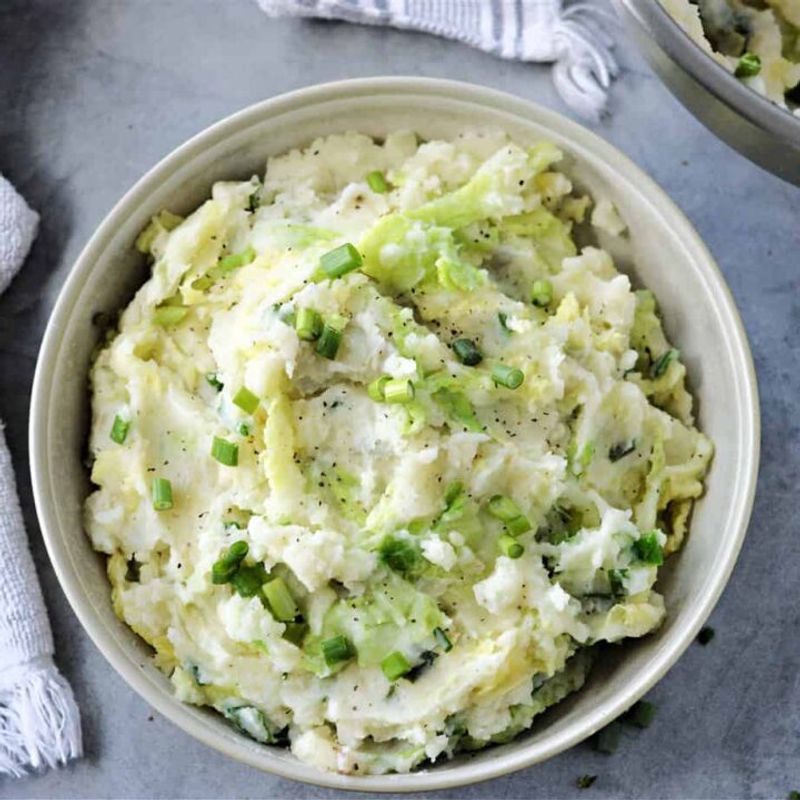
Irish farmhouse kitchens have long relied on this warm mixture of mashed potatoes and cabbage to feed families through lean seasons. The two ingredients are combined into a soft, filling dish rooted in practicality. Depending on the region and growing conditions, either cabbage or kale is used, based on availability. Butter and milk add richness, while salt and pepper offer straightforward seasoning. In some modern kitchens, scallions or leeks are added for added depth. This dish stands as an example of how basic ingredients can be combined into a nourishing, reliable staple meant to serve many around the table.
